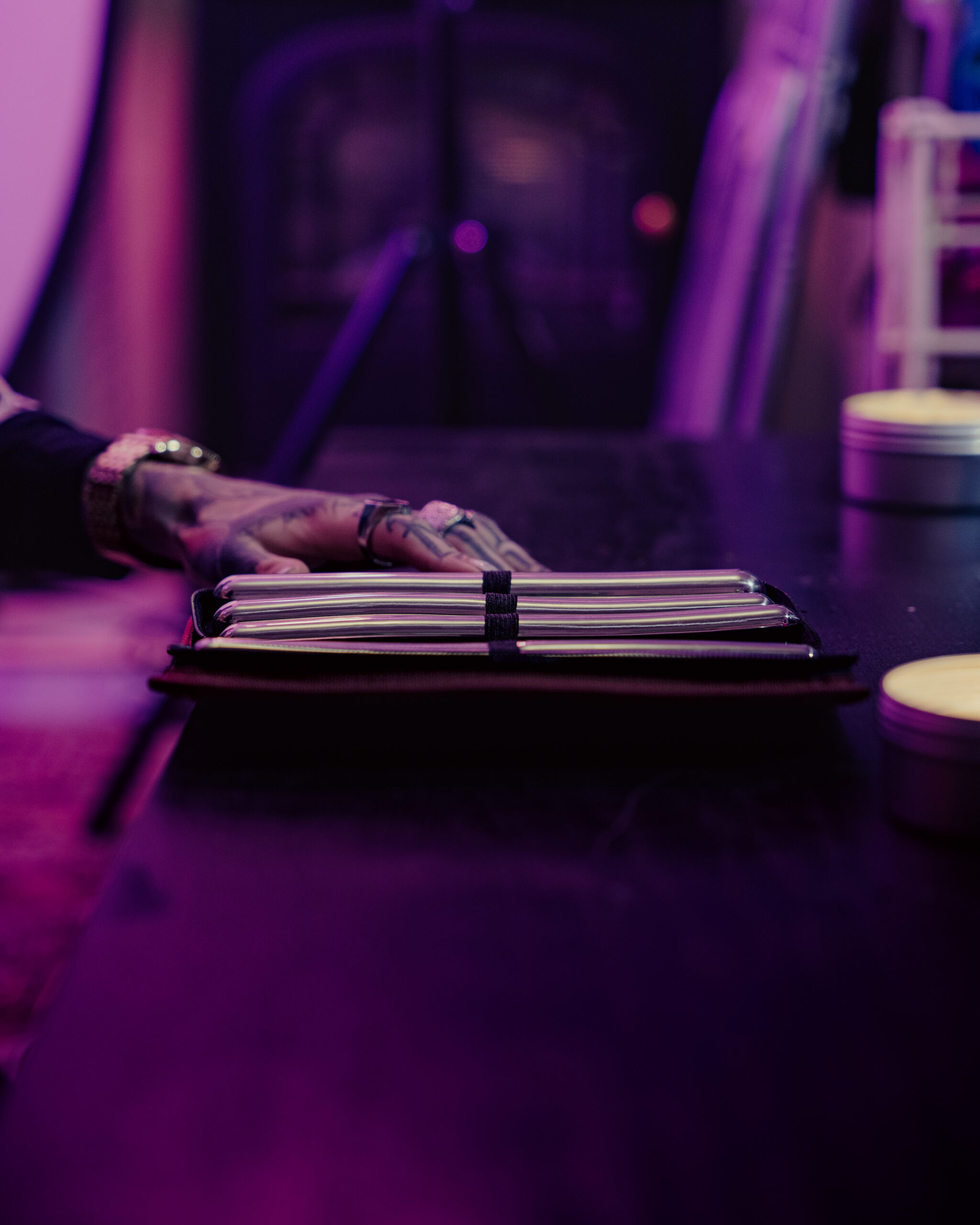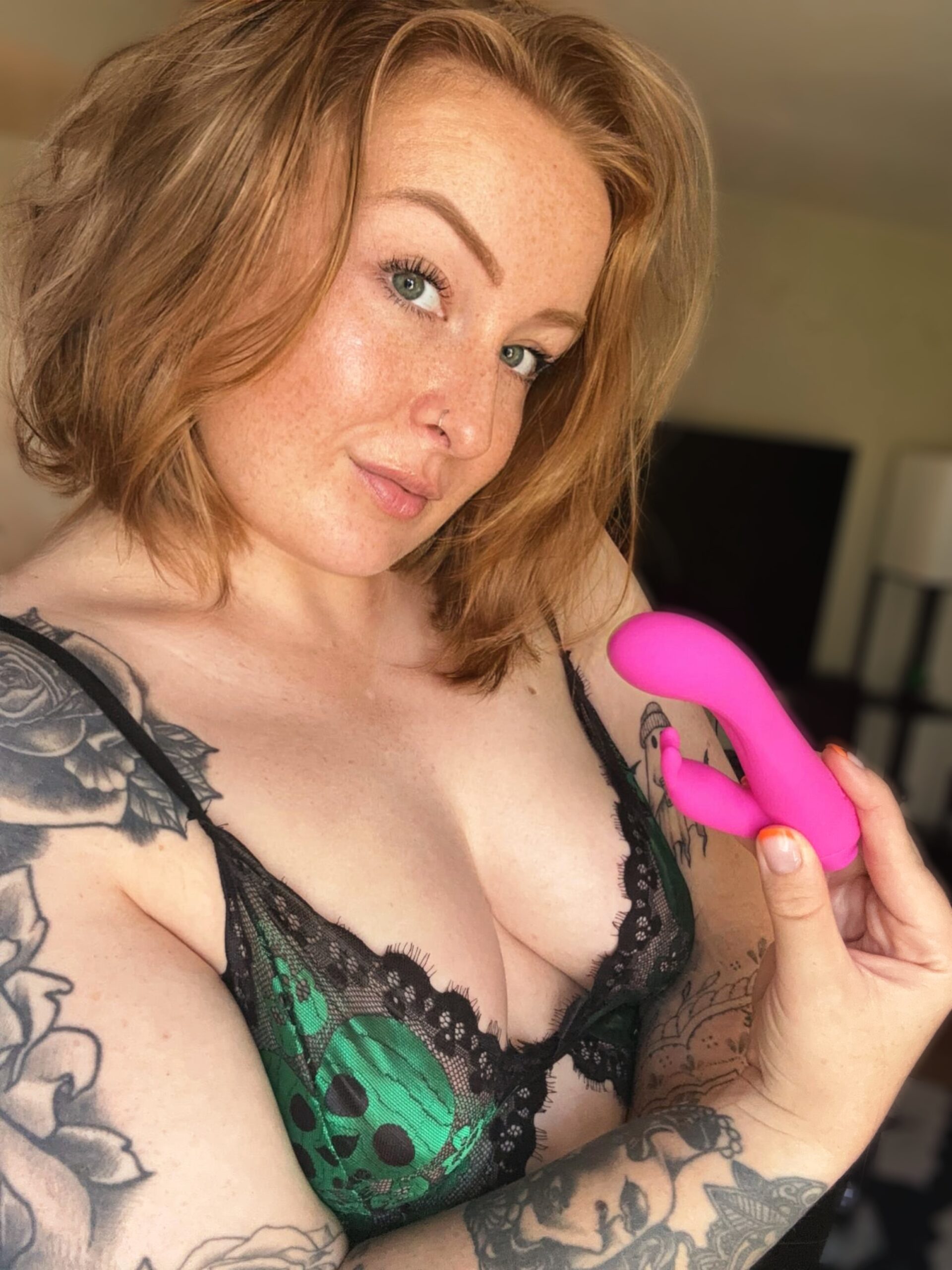Beyond the Binary: Defining Pansexuality
Pansexuality is a sexual orientation characterized by romantic or sexual attraction to people regardless of their gender identity or expression.
Contrary to common misconceptions, pansexuality is not simply “attraction to everyone.” It’s about recognizing that gender is a spectrum and that attraction can exist outside the confines of traditional binary categories.
Pansexual individuals may be attracted to people who identify as male, female, transgender, non-binary, genderfluid, or any other gender identity.
The “pan” in pansexuality comes from the Greek word “pan,” meaning “all.” This reflects the inclusive nature of the orientation, encompassing attraction to all genders.
Understanding Pansexuality Beyond Labels:
It’s important to note that individuals may experience pansexuality differently. Some may be attracted to people of all genders with equal intensity, while others might find themselves more drawn to certain gender identities.
The key element is the lack of limitation based on gender when it comes to attraction.
Common Misconceptions about Pansexuality:
– “Pansexual means you’re attracted to everyone”: As mentioned, pansexuality is about attraction regardless of gender, not necessarily to *everyone*.
– “Pansexuality is just a phase”: Sexual orientation is a fundamental aspect of someone’s identity and is not a phase.
– “Pansexual people only date within the LGBTQ+ community”: This is incorrect. Pansexual individuals can form relationships with people of any sexual orientation.
Why It Matters:
Recognizing and understanding pansexuality is crucial for creating a more inclusive and accepting society. It allows individuals to express their true selves without feeling marginalized or misunderstood.
Using accurate language and challenging stereotypes helps create a space where everyone feels safe and respected.
Beyond the Binary: Defining Pansexuality, Busting Common Misconceptions
Pansexuality is an often misunderstood sexual orientation. It’s characterized by romantic and/or sexual attraction to people regardless of their gender identity or expression.
This means pansexual individuals can be attracted to men, women, transgender individuals, non-binary individuals, and anyone else they find appealing, irrespective of how they identify.
A core principle of pansexuality is that gender is not a defining factor in attraction. Pan people are drawn to the individual, not their assigned gender at birth or how they choose to express themselves.
Let’s dispel some common misconceptions:
* **Misconception 1: Pansexuality means being attracted to “everyone.”**
This is a simplification. While pansexual individuals are open to relationships with all genders, this doesn’t mean they are automatically attracted to every single person they meet. Attraction, like any emotion, is complex and multifaceted.
* **Misconception 2: Pansexuality is just “bisexuality” but with a different name.**
Though related, these terms have distinct nuances. Bisexuality typically refers to attraction to two genders (most commonly men and women), while pansexuality encompasses attraction to all genders.
* **Misconception 3: Pansexuality is a phase or a trend.**
Sexual orientation is a fundamental aspect of a person’s identity, not something that comes and goes. Pansexuality is a valid and enduring sexual orientation.
Understanding pansexuality requires recognizing that gender is a spectrum, not a binary.
It’s about embracing diversity in human experience and celebrating the freedom to love whoever you find yourself drawn to.
By challenging misconceptions and fostering open dialogue, we can create a more inclusive and understanding society for all.
Experiences of Pansexual Individuals

Pansexuality is a sexual orientation characterized by romantic or sexual attraction to people regardless of their gender identity or expression.
This means pansexual individuals may be attracted to men, women, transgender people, non-binary people, and anyone else, irrespective of how they identify.

It’s important to distinguish pansexuality from bisexuality. While both involve attraction to more than one gender, the key difference lies in the scope of attraction.
Bisexuality often implies attraction to two genders (typically men and women), while pansexuality encompasses a wider spectrum, including all genders.
The pansexual experience is diverse and unique to each individual. Some pansexual people may have strong feelings for multiple genders at the same time, while others might experience attraction to different genders in varying degrees.
For some, it’s about finding connection and love with someone who shares their values and interests, regardless of their gender.
Others may find that their pansexuality is a fundamental part of their identity, shaping their worldview and relationships.
Navigating societal norms and expectations can be challenging for pansexual individuals.
Many face prejudice, misunderstanding, or even hostility due to the lack of widespread understanding about pansexuality.
Misconceptions often arise from confusion with bisexuality or the assumption that pansexuality means being attracted to “everyone.” It’s important to remember that pansexuality is a valid and genuine sexual orientation, just like any other.
For many pansexual people, finding supportive communities and connecting with others who understand their experiences can be invaluable.
Online platforms and LGBTQ+ organizations offer spaces for sharing stories, seeking advice, and building connections.
Ultimately, the pansexual experience is about embracing one’s authentic self and finding love and connection on their own terms, regardless of gender.
Pansexuality is a sexual orientation characterized by romantic, emotional, and/or sexual attraction to people regardless of their gender identity or expression.
Individuals who identify as pansexual may find themselves drawn to individuals who identify as men, women, transgender, non-binary, genderfluid, or any other gender identity.
The core of pansexuality is the idea that attraction transcends rigid gender categories and encompasses a broader spectrum of human experience.
Experiencing Pansexual Attraction
Pansexual attraction can manifest in diverse ways. For some, it might mean being attracted to people based on their personality, spanking knickers values, or shared interests, with gender identity playing a less significant role.
For others, gender may still hold some weight, but the primary focus is on an overall sense of connection and compatibility rather than strict adherence to binary gender norms.
Navigating Relationships as a Pansexual Individual
- Coming Out and Self-Acceptance:
- Finding Inclusive Communities:
- Addressing Societal Biases:
- Communication and Consent in Relationships:
Coming out as pansexual can be a deeply personal journey, often involving self-discovery and acceptance.
It may involve sharing one’s identity with loved ones, friends, or the wider community.
This process can be both liberating and challenging, requiring courage and vulnerability.
Connecting with other pansexual individuals or LGBTQ+ communities can provide a sense of belonging, support, and understanding.
Online platforms, local groups, and organizations dedicated to pansexuality offer spaces for shared experiences, resource sharing, and activism.
Pansexual individuals may encounter societal biases or misconceptions about their orientation.
It’s important to educate others about pansexuality, challenge stereotypes, and advocate for greater inclusivity.
Open communication and mutual respect are crucial in any relationship, but particularly so for pansexual individuals navigating diverse gender identities and expressions.
Clear consent, boundaries, and a willingness to learn about each other’s needs foster healthy and fulfilling connections.
Embracing Identity
Pansexuality is not simply an attraction pattern; it’s a deeply personal identity. It shapes how individuals see themselves, their relationships, and the world around them.
Embracing pansexuality involves understanding its complexities, celebrating the fluidity of human connection, and advocating for a society that values diversity and acceptance.
Pansexuality in Society
Pansexuality is a sexual orientation characterized by romantic, emotional, and/or sexual attraction to people regardless of their gender identity or expression.
It’s a spectrum, meaning individuals may experience varying degrees of attraction to different genders. The core concept is an openness to connecting with individuals based on personality, shared values, and emotional compatibility rather than solely focusing on gender.
Representation matters because it impacts how people understand themselves and the world around them. For pansexual individuals, visibility plays a crucial role in:
-
Building self-acceptance and confidence: Seeing others who identify as pansexual can help individuals come to terms with their own identities and feel validated in their experiences.
-
Creating a sense of community and belonging: Representation fosters connections between pansexual individuals, providing support networks and spaces where they can share their stories and challenges.
-
Challenging societal norms and stereotypes: By showcasing diverse expressions of sexuality, representation dismantles the narrow definitions often imposed on gender and attraction.
-
Promoting empathy and understanding: Exposure to pansexual narratives helps educate others about this sexual orientation, reducing prejudice and fostering a more inclusive society.
Despite increasing awareness, pansexuality remains underrepresented in mainstream media and popular culture. This lack of visibility can lead to:
-
Invisibility and erasure: Pansexual individuals may feel unseen and unheard, leading to feelings of isolation and disconnect.
-
Misunderstandings and misconceptions: The limited portrayals often perpetuate stereotypes or conflate pansexuality with other sexual orientations.
-
Internalized homophobia or biphobia: When pansexual identities are not recognized or accepted, individuals may struggle to embrace their true selves.
Creating more inclusive and diverse representation is essential for fostering a society where all individuals feel seen, valued, and respected. This involves:
-
Amplifying pansexual voices in media, literature, and other forms of storytelling.
-
Challenging heteronormative biases and assumptions in representation.
-
Promoting accurate and nuanced portrayals of pansexuality that reflect the diversity within this community.
By actively working towards more inclusive representation, we can create a world where pansexual individuals are celebrated for their unique identities and experiences.
Pansexuality is an orientation characterized by romantic, emotional, and/or sexual attraction to people regardless of their gender identity or expression. It’s about recognizing that love and desire can exist beyond the constraints of traditional binary categories.
Understanding pansexuality requires dismantling societal norms and misconceptions surrounding sexuality. Historically, sex and relationships have often been confined within a rigid heterosexual framework. This narrow view fails to acknowledge the diverse spectrum of human experiences and attractions.
Building inclusivity for pansexual individuals involves creating environments where they feel safe, respected, and celebrated. This starts with education and open conversations about sexuality, challenging prejudices and stereotypes that contribute to discrimination.
Language plays a crucial role in fostering understanding. Using inclusive language that acknowledges the fluidity of gender and identity is essential. Terms like “partner” instead of assuming a gendered pronoun can make pansexual individuals feel seen and valued.
Media representation is also vital. Portraying pansexual characters authentically and diversely in film, television, and literature helps normalize their experiences and counters harmful stereotypes.
Supporting organizations that advocate for LGBTQ+ rights, including those specifically dedicated to pansexual issues, amplifies their voices and contributes to creating a more equitable society.
Ultimately, building inclusivity around pansexuality is about embracing the beauty of diversity and recognizing that love knows no boundaries. It’s about fostering empathy, challenging our own biases, and creating a world where everyone can live authentically and freely express their identities.
Catch the full message in the article
Find everything laid out here
- Profhilo Treatment Near Compton, Surrey - November 4, 2025
- Polynucleotides Injectables Near Shepperton, Surrey - November 2, 2025
- Polynucleotides Injectables Near Dunsfold, Surrey - October 31, 2025
